National Hispanic Heritage Month happens from September 15 to October 15 every year, and I make sure everyone around me is aware of how proud I am of my Hispanic heritage and my Latina roots.
When you hear the term Hispanic or Latino (or Latinx), it’s about someone’s culture or origin—regardless of race. I consider myself an AfroLatina because as a Dominican, my ancestors come from Spain, Africa, and indigenous Tainos.
As the first immigrant in my family in the U.S.A., it’s very important to me to preserve my culture and pass it on to my children. That’s why I’ve raised them to know and cherish their history, and that includes celebrating Hispanic Heritage Month.
Now let’s get this out of the way…
Why Is Hispanic Heritage Month in Both September and October?
While most people in the U.S.A. are aware that Hispanic Heritage Month is an annual celebration of the history and culture of our Hispanic communities, it may be confusing why this “month” spans from September 15 to October 15.
It started out as Hispanic Heritage Week under U.S. President Lyndon Johnson in 1968, and later expanded to 30 days by U.S. President Ronald Reagan in 1988.
Lyndon B. Johnson decided to start Hispanic Heritage Week on September 15th because it coincides with the Independence Day celebrations of five “Central American neighbors:”
- Costa Rica
- El Salvador
- Guatemala
- Honduras
- and Nicaragua.
Those five Latin American countries declared their independence from Spain on September 15, 1821.
In his proclamation, Lyndon B. Johnson also acknowledged Mexico, which declared its independence from Spain on September 16, 1810.
It’s interesting that Chile also celebrates an anniversary within the original Hispanic Heritage week, since the day of its independence from Spain was September 18, 1810.
Additionally, Belize declared its independence from Great Britain on September 21, 1981, so this nation is now also part of Hispanic Heritage Month.
When Reagan enacted Hispanic Heritage Month into law on August 17, 1988, on the approval of Public Law 100-402, it was intentional for Columbus Day, October 12, to fall within this 30 day period.
October 12
Many countries in Latin America celebrate this day around the world as a national holiday, El Día de la Raza (“Day of the Race”), because it’s the anniversary of Christopher Columbus’s landing in the Americas on October 12, 1492.
In my homeland, the Dominican Republic is where Cristóbal Colón first set foot, we call it El dia del Descubrimiento de America (“The Discovery of the Americas”).
I lived in Santo Domingo when the controversial Faro a Colon (Columbus Lighthouse) was inaugurated in 1992, in remembrance of the 500th anniversary of the discovery of America.
This monument is a museum and mausoleum where many artifacts and jewelry are housed and where it’s said that Christopher Colombus remains are sheltered.
Every night, you can see a cross-shaped light across the sky that represents the Christianization of the Americas, but to many, it is a reminder of how our indigenous people were exploited and enslaved.
Peru celebrates October 12 as Día de los pueblos originarios y el diálogo intercultural (“Indigenous Peoples and Intercultural Dialogue Day”).
Belize and Uruguay celebrate it as Día de las Américas (“Day of the Americas”).
Colombia observes El día de la Raza y de la Hispanidad (meaning “Day of the Race and Hispanicity“).
Venezuela commemorates Día de la Resistencia Indígena (Day of Indigenous Resistance).
Costa Rica calls it Día del Encuentro de las Culturas (Day of the Encounter of Cultures).
Argentina celebrates October 12 as “Day of Respect of Cultural Diversity.“
Additionally, in Europe, Spain calls October 12 Día de la Hispanidad and Fiesta Nacional de España, and Italy calls it Giornata Nazionale di Cristoforo Colombo or Festa Nazionale di Cristoforo Colombo.
The Hispanic Heritage Trail in DFW
So now you have a background that explains why we celebrate Hispanic Heritage with cultural activities.
Through events such as exhibits, historical reenactments, fairs, parades, festivals, poetry readings, film screenings, traditional dress, educational programs, food tastings, shows, lectures, and performances, we are keeping our Latino history and culture alive.
This year, Chevrolet invited me to celebrate Hispanic Heritage Month by following the Hispanic Heritage Trail in DFW as a family, and you should have seen my smile – from ear to ear, that’s for sure!
At 4’8″ (and a half!!!), I confess I was a bit intimidated when the 2021 Chevy Silverado 1500 showed up on my driveaway, but it turned out to be the best ride and not only we didn’t want to ever let it go, we fell madly in love with it!
We loved getting the opportunity to discover the rich culture that is all around us. You know, we sometimes take what’s in our own backyard for granted.
According to research, Texas has the second-largest nation’s Hispanic population and the largest growth in the Hispanic population over the past decade.
Our Hispanic people have been a huge part of the culture of Texas and in Dallas Fort Worth area. We were surprised at how many hidden gems we found when we really took the time to look!
What made this adventure even more exciting is that it was also Eliana’s birthday week, so I got to surprise her with a great birthday celebration in our Chevy Truck.
First Stop: The Original Mexican Eats Cafe
The Original Mexican Eats Cafe is the oldest restaurant in all of Fort Worth. It opened in 1926!
We were mind-blown that it had been there, in the same building, for all that time. We’ve lived in Texas for about 10 years now and had never been before, but now that we have found it, we’ll definitely be back again.
We had a delicious birthday dinner at the cafe. We loved the family, home-like style of the restaurant, complete with traditional decor. Elydia’s favorite dish was the saffron rice with vegetables and black beans.
Some fun facts about The Original Mexican Eats Cafe:
The Original Restaurant was opened in 1926 by the Pineda family.
The cafe has served five generations.
There is now a second location of the restaurant. The Original is at 4713 Camp Bowie Blvd Fort Worth, TX, and Del Norte is at 1400 N Main St Fort Worth, TX.
Throughout the 1930s, Franklin D. Roosevelt came to Fort Worth several times to visit his son Elliot, and they frequented The Original Mexican Eats Cafe.
The Roosevelt Special, the cafe’s signature dish, was created in 1936 in honor of the President’s favorite meal.
Second stop: Selena Mural
After visiting the cafe, we decided to visit two murals that celebrate Hispanic icons – Selena and Frida. Both of the murals are in Dallas, and only 12 minutes away from each other!
I have always loved Selena and her music. As a mom, it was important to me to play her songs for my daughters since they were little. I remember when each of her songs came out, and oh how I love singing and dancing to them.
Saying that I was heartbroken when Selena died is an understatement. She made an impact that the world will never forget. I’m so glad we have gorgeous murals and memorials like this one, which you can find at 306 S Bishop Ave, Dallas, TX.
It’s a vibrant, life-like, two-story mural of Selena Quintanilla in her prime – belting out a song in the same outfit she wore at her last performance at Houston’s Astrodome, the iconic purple rhinestone jumpsuit she designed and created herself.
The Dallas Selena mural was painted in 2018 by local artist Jeremy Biggers, who made it as a homage to Selena. His purpose was to honor and represent North Oak Cliff’s Hispanic history and also as a gift to the people there.
We had a great time taking pictures, blasting our favorite Selena songs through the Apple Carplay feature in the Chevy, and dancing together as a family. I also made up a TikTok dance of Baila Esta Cumbia!
We ended up learning that Selena has connections to the area of the mural! She shot a music video there for her song “Tu No Sabes” and visited Top Ten Records (a record store next door to the mural) during almost all of her Dallas visits.
Third Stop: Frida Mural
Just a short drive from the Dallas Selena mural is another mural, one that pays tribute to the incomparable Frida Kahlo.
This piece by Mike Flores perfectly captures Frida in all her beauty and mystery. The Deep Ellum Frida mural is an incredibly intense and unique depiction of Frida, mimicking her artistic style and showing off a stunningly original concept.
My teenage daughter Elyssa had to get a photo with Frida. An artist herself, she’s admired Frida for a long time because of her revolutionary work and her incredible life story.
Both of my oldest daughters have been inspired by Frida. She’s undoubtedly a pioneer in the arts and as a Latina woman of color who continues to make a meaningful and lasting impact.
We took full advantage of the 4G LTE Wi-Fi and posted about our journey all day long and sent constant updates to our friends and family as we discovered new places along the trail.
First Detour: Ice Cream!
I’ve always heard of Deep Ellum, but had never been, so we explored it a bit. We came across a little ice cream store called Jeni’s Splendid Ice Creams.
They had delicious plant-based flavors – and I can say that because I had some and I don’t even like ice cream (it’s too cold!).
My daughters loved it because the ice cream was so creamy and delicious. It was the perfect end to our night.
The DFW area is rich with Latino-owned small businesses, like food trucks and taquerias!
We’ve always enjoyed supporting Latin@ establishments because we know that everything we buy is made with so much love and dedication.
Fourth Stop: El Fenix Mexican Restaurant
We had the wonderful experience of visiting a sit-down restaurant, the El Fenix Mexican Restaurant- the oldest restaurant in Dallas!
We enjoyed their fresh Mexican cuisine, with many Hispanic flavors that we’ve enjoyed our entire lives – and some that we are just discovering.
My girls loved getting to try fresh enchiladas for the first time, which the staff at El Fenix made vegan with calabacitas just for us!
The fresh guacamole was our personal favorite, paired with classic warm tortilla chips.
I don’t drink alcohol, so I suggested for Elyssa and me to have a Virgin Margarita, and we both agreed was refreshing and tasty.
The whole restaurant was a beautiful display of Mexican culture, and so photogenic! Everywhere we looked, there were photos and memorabilia of El Fenix’s history.
The founder of the restaurant, Miguel (Mike) Martinez, started his restaurant following his immigration from Mexico to Dallas one year after the Mexican Revolution.
Fun Facts about El Fenix Mexican Restaurant
El Fenix means “The Phoenix.” Miguel named the restaurant this way because a phoenix rises from the ashes. It was meaningful to him because of the symbolism of turning setbacks into triumphs.
This concept perfectly describes the spirit of our Hispanic community and why we celebrate our Hispanic Heritage. We are warriors, we are luchadores, we are always ready to reinvent ourselves.
Before El Fenix, Miguel started up the “Martinez Café” in 1916. It was located on the corner of Griffin Street and McKinney Avenue. He single-handedly greeted, seated, waited on, and cooked for the guests. Miguel washed all of the dishes himself, too.
The “Martinez Cafe” only served Anglo-American dishes at first.
Two years after its opening in 1916, Miguel started incorporating Hispanic flavors into the dishes. He created a new style, which we now call Tex-Mex.
Miguel married Faustina Porras, another emigré, in 1915, and they raised eight children together.
Just before an important Mexican holiday, Diez y Seis, Miguel officially decided to make his cafe a Mexican restaurant.
In 1919 Miguel Martinez sold a tortilla machine, which he invented, to Herman Lay for $200.00. Herman Lay later went on to create Frito-Lay.
We learned so much about El Fenix and the history of Latinos and Hispanic people in DFW. There is so much to discover!
Second detour: Bikes!
I took a detour to our local store to surprise Eliana and Elyssa with something I’d been meaning to get them for a while: Brand new bikes!
I didn’t have the space in my own car, so I took advantage of having this awesome truck with its Multi-Flex Tailgate, which gave me easy access to the cargo bed.
I’d never used a cargo bed before, especially not such a high-tech one, so at one point Elyssa and I even had to pull over to ask someone for help to properly close it! It was so easy – but I’m glad we asked for help!
The safety features had let us know that it wasn’t fully closed, and you know I never hesitate to do what needs to be done to keep my family safe.
Fifth Stop: The Texas Trail of Fame!
We’ve visited the Downtown Fort Worth Stockyards National Historic District and explored the area many times, but we had no idea that the location is also home to The Texas Trail of Fame! Did you know that was a thing?
The Texas Trail of Fame honors the people and organizations that have made significant contributions to the community. New people are added to the trail every year!
As we walked along the sidewalk, we saw the large bronze medallions, which recognize numerous Hispanic people who have been instrumental to history.
Some of these important figures include:
Adina E. de Zavala
In 1889, Adina and other San Antonio women met and discussed Texas and its heroes; they became one of the first societies of women that met together for matters of the state. Their mission was to keep Texas history alive.
In 1893, they started working with the Daughters of the Republic of Texas (DRT.) The preservation of the Alamo (also known as the old San Antonio de Valero Mission) is one of Adina’s greatest contributions to Texas.
José Antonio Navarro
Jose was one of the most influential Tejanos of his generation. He was a Hero of Texas independence, and one of the first signers of the Texas Declaration of Independence.
He later signed the Constitution of the Republic of Texas and fought for the rights of Tejanos as citizens of the Republic of Texas and the United States.
Jose Antonio Navarro is considered the first Tejano to write about the history of Texas!
Lorenze de Zavala
Lorenze was an early Texas statesman, who spent most of his life fighting oppression.
He was closely involved in drafting the constitution for the First Federal Republic of Mexico in 1824 after Mexico won independence from Spain.
Lorenze de Zavala then signed the Texas Declaration of Independence, helped write the Texas constitution, and served as the Republic’s first vice president.
Jerry Diaz
Jerry Diaz is a more recent addition to the Texas Trail of Fame! He is a charro, a skilled Mexican horseman.
Charros have origins that date back to the 17th century and developed the customs, dress, music, tools, and equestrian skills that were adopted by Anglo cowboys. Charros are talented with horsemanship, trick roping, bull riding, and horse and steel roping.
Jerry is a fourth-generation Charro, as the tradition started with his great grandfather over 150 years ago. He and his family own and operate the Three Mile Creek Ranch in New Braunfels, Texas.
We really enjoyed getting to tour the area in style. The view from the Chevy was perfect because all my girls were able to see outside the window because of the height of the car!
Telling our stories is an important part of Hispanic Heritage Month!
Finally, on the Northside of Downtown Fort Worth, you can see the Vaquero statue and his horse, located on North Main Street. This vaquero statue is a great recognition of the important Hispanic contributions to Texas livestock history.
Fort Worth celebrates its own ties to the vaquero tradition, and in 2012 the city commemorated a part of its Hispanic history with the installation of Vaquero de Fort Worth.
The artists David Newton and Tomas Bustos were sensitive to the importance of this piece and paid careful attention to the historical accuracy of each detail of the vaquero.
Now a part of the city-wide public art collection, this bronze sculpture overlooks the historic Northside, which is home to the Fort Worth Stockyards district, an area that developed due to the success of the cattle business.
In the West, vaqueros were a big part of the foundation for cowboy life. As they worked alongside vaqueros, cowboys learned their ways.
Spanish Words Commonly Used in Texas
So many of the Spanish terms have been adopted, they’re used in everyday language even today.
Here’s a compiled list of Spanish words that are commonly used in Texas:
Armadillo (“the little armed one”)
Bronco (“wild”, “rough”, or “rude”)
Burrito (“little donkey”)
Chaps (from Mexican Spanish chaparreras)
Hammock (from hamaca, Caribbean Spanish word)
Lariat (from la reata, braided rawhide rope)
Lasso (from lazo)
Mustang (from mesteñas, – a wild horse)
Patio (In Spanish, an inner garden or courtyard.)
Remuda (regionalism for a relay of horses)
Rodeo (roundup / show of skills – verb to encircle)
Sombrero (sombra, “shade,” a hat)
Wrangler (caballerano, one who grooms horses)
Third Detour: Giving Back
Did I already say I loved having a cargo bed? Well, I’ll be a broken record, because it’s just so great!
Decluttering is the BIG PROJECT this year, and my Chevy Silverado made it so easy. We were able to load it up with donations and give back to those who need our gently used things.
We also went on a detour to the local landfill here in Fort Worth to discard bulky items we didn’t need anymore – that was a relief!
Giving back, sharing, and contributing is a huge part of our culture and that’s exactly how the whole Hispanic Heritage Week celebration started.
I am so grateful to Chevrolet for the opportunity to learn about how our Hispanic Heritage has influenced the history of Texas.
We had so much fun spending the trip together as a family exploring and enjoying the spacious Chevy Silverado. We felt completely safe and happy the entire time – and isn’t that the best?
What would you do if you had a Silverado for all of Hispanic Heritage Month? To learn more about the Chevy Silverado, click here, and search the hashtag #FindNewRoads.
Founder of the Positive MOM® and creator of the S.T.O.R.Y. System: a blueprint to craft and share powerful stories that will transform your results and help others do the same. Dr. Elayna Fernández is a single mom of 4, an award-winning Storyteller, Story Strategist, and Student of Pain. She’s a bestselling author, internationally acclaimed keynote speaker, and 5x TEDx speaker. She has spoken at the United Nations, received the President’s Volunteer Lifetime Achievement Award, and was selected as one of the Top Impactful Leaders and a Woman of Influence by SUCCESS Magazine. Connect with Elayna at thepositivemom.com/ef and follow @thepositivemom. To receive a gift from Elayna, click HERE.

Want to support the Positive MOM blog?
The mission of the Positive MOM blog is to help moms break trauma cycles, find peace, and feel emotionally whole, so they can practice supportive parenting and create a positive and healthy environment for their children. If you found Elayna’s content valuable, please consider donating a love offering to enable her to keep creating content and helping more moms worldwide. Donate HERE.


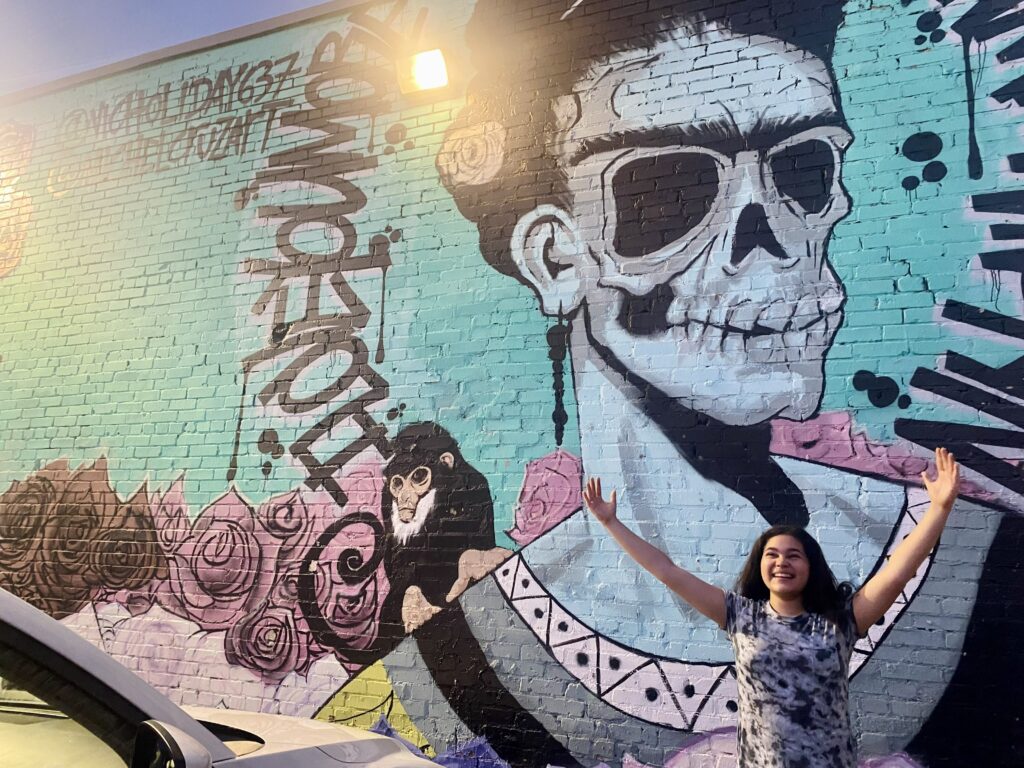
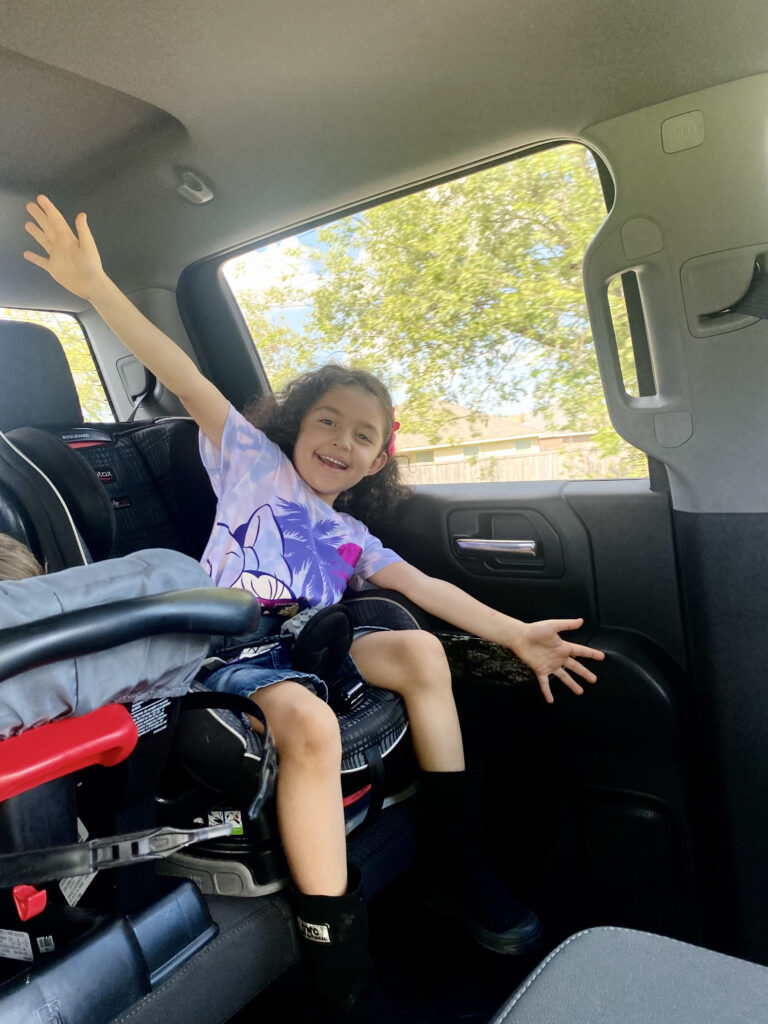
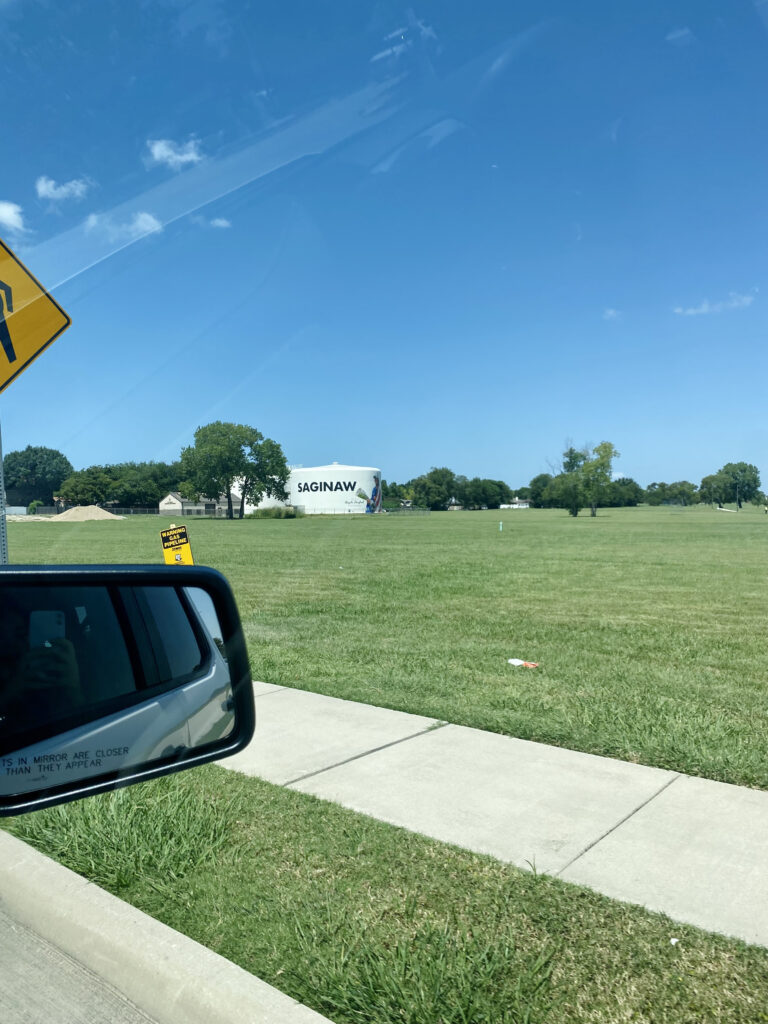
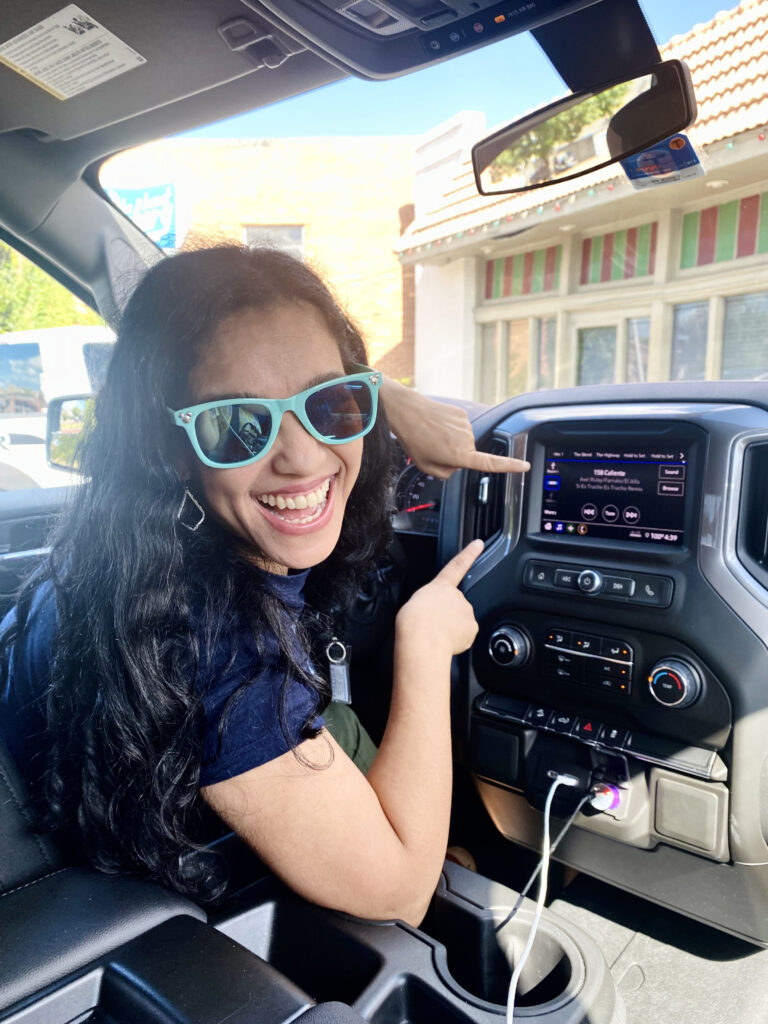
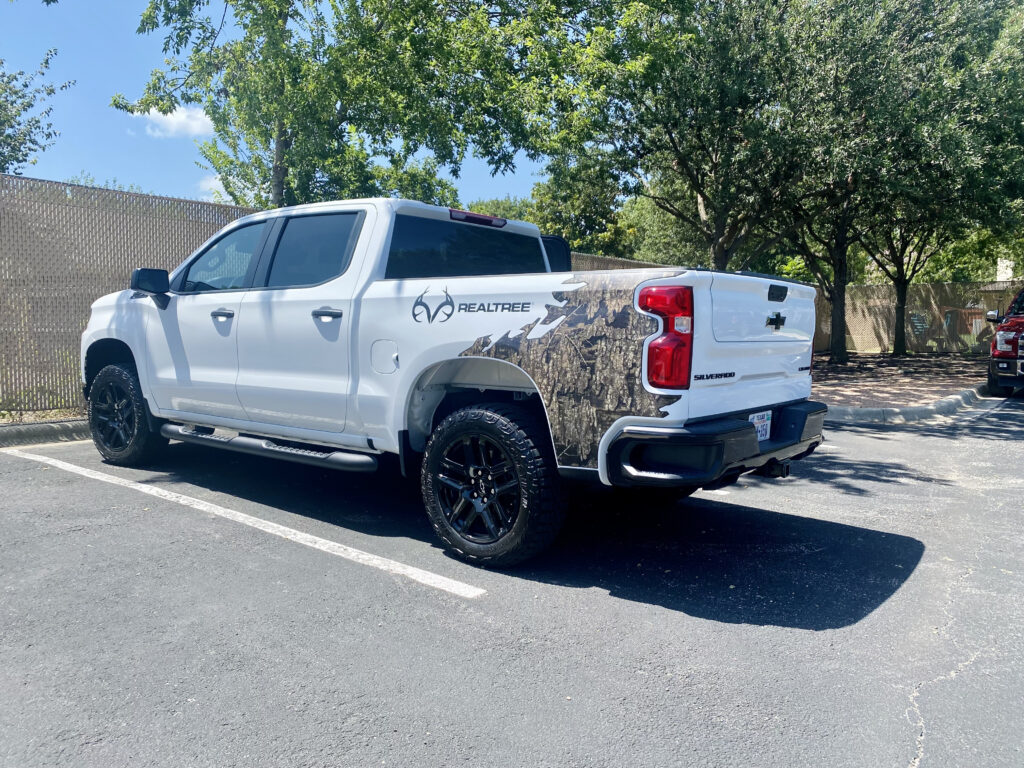
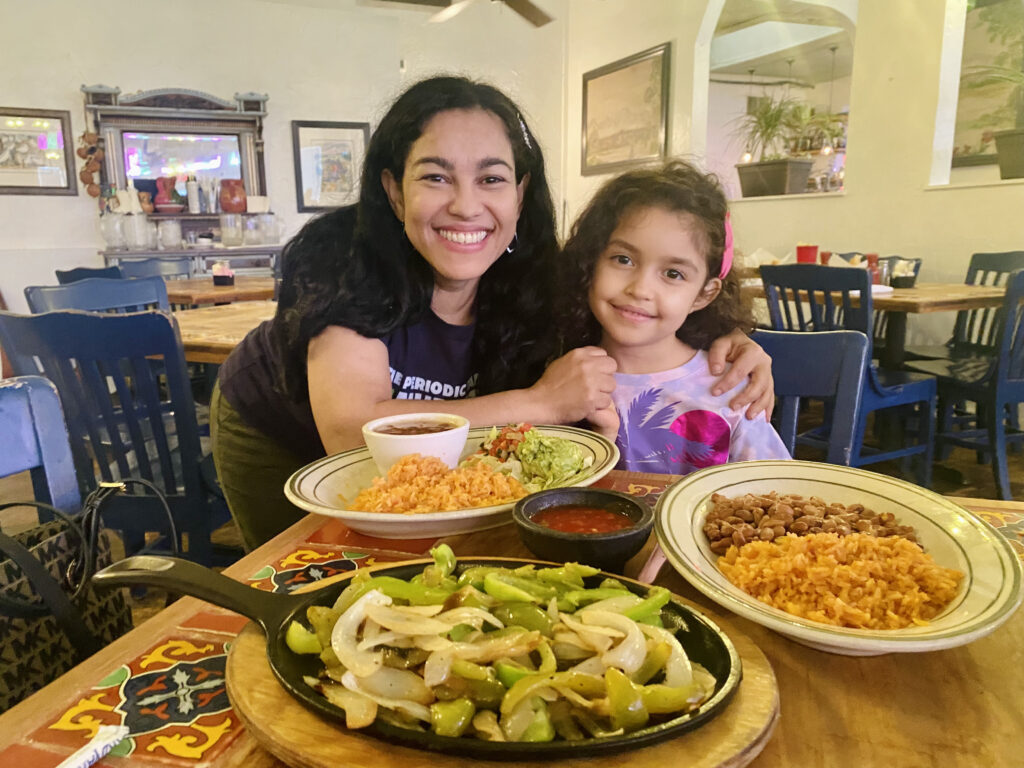
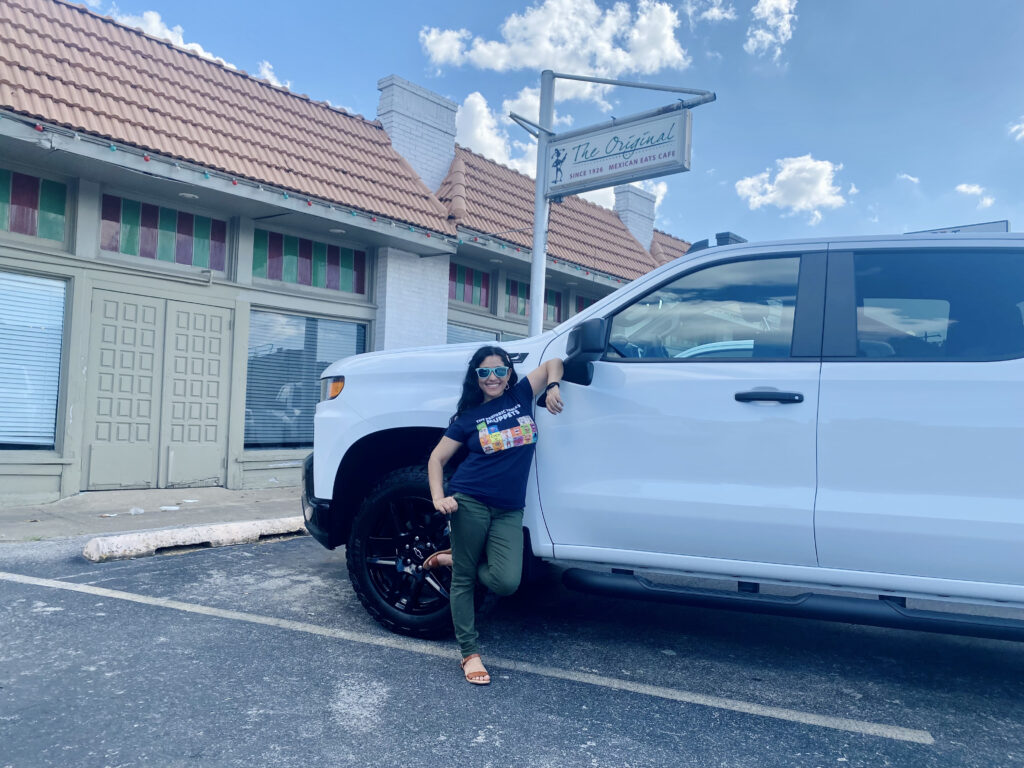
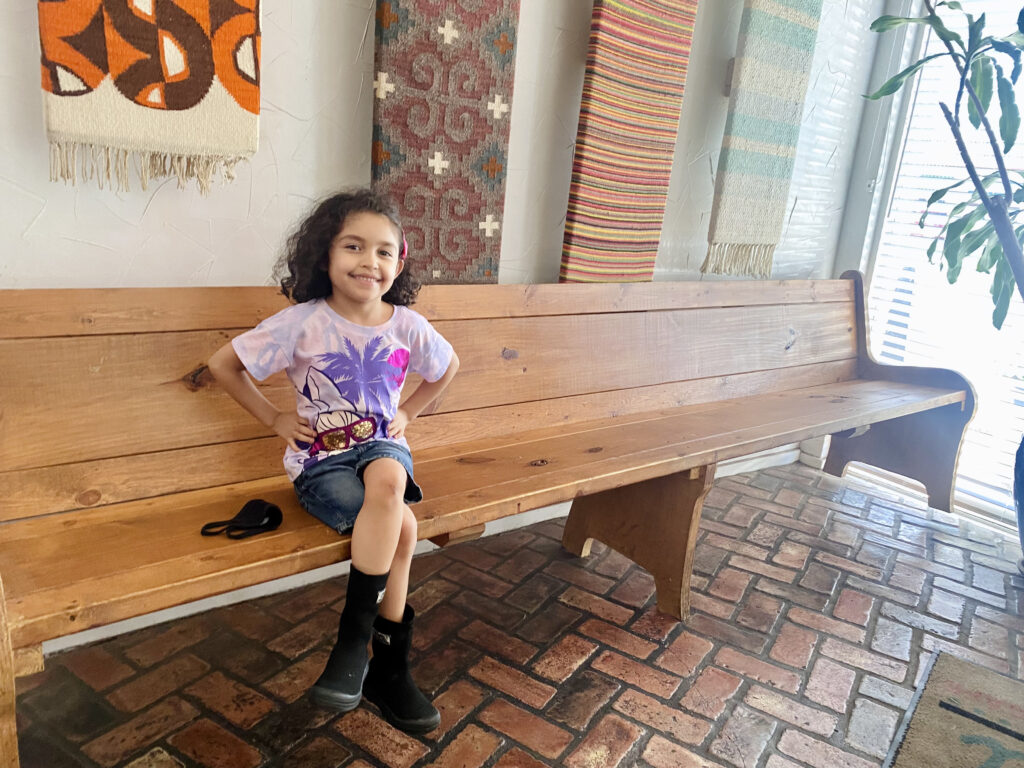
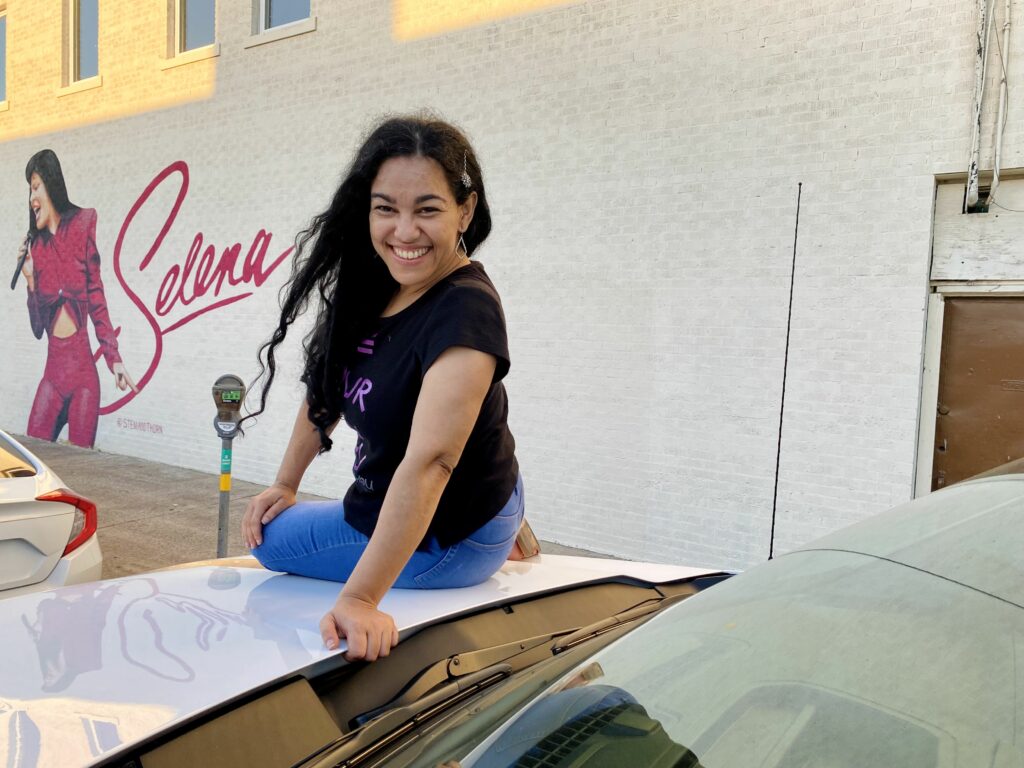
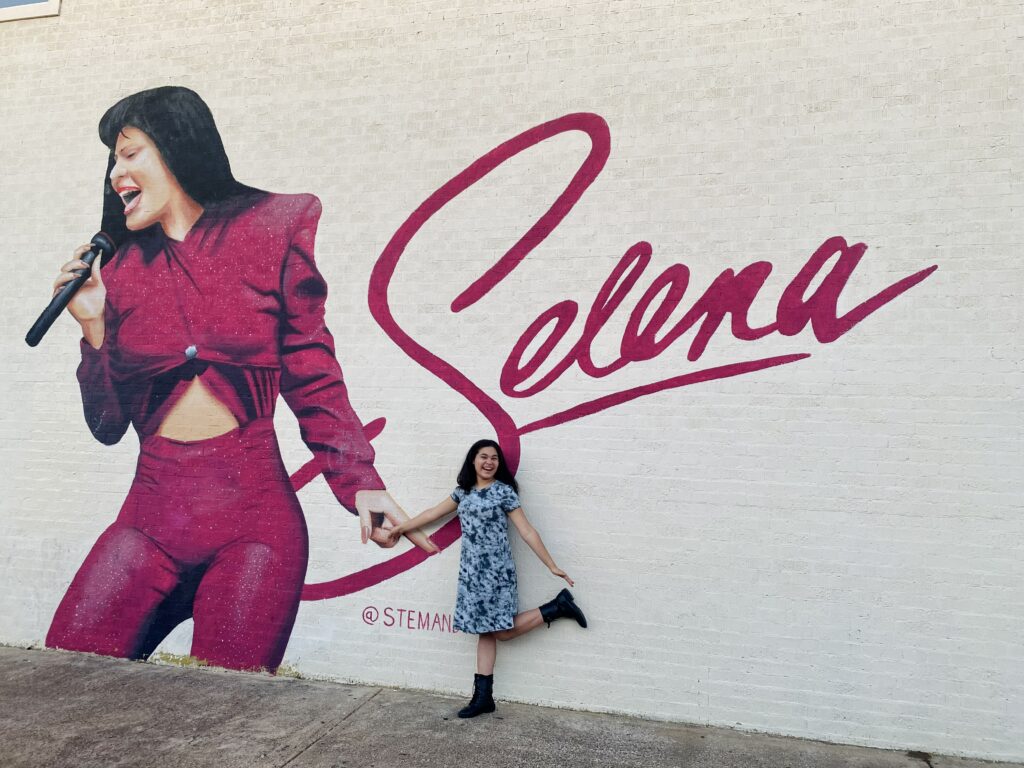
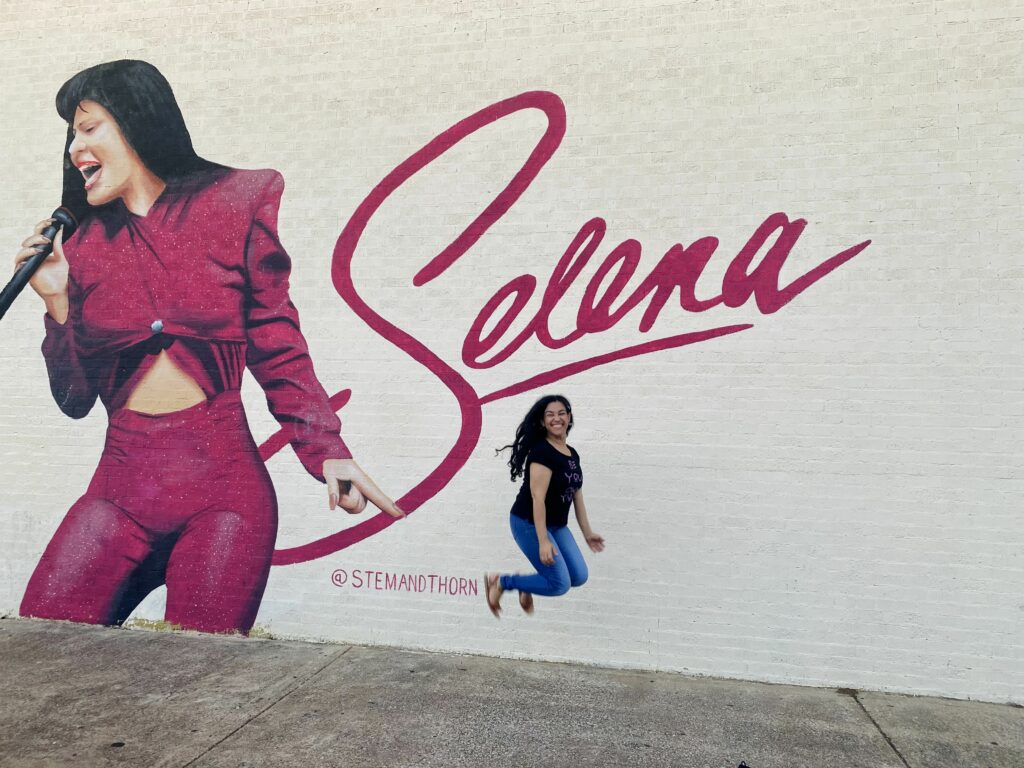
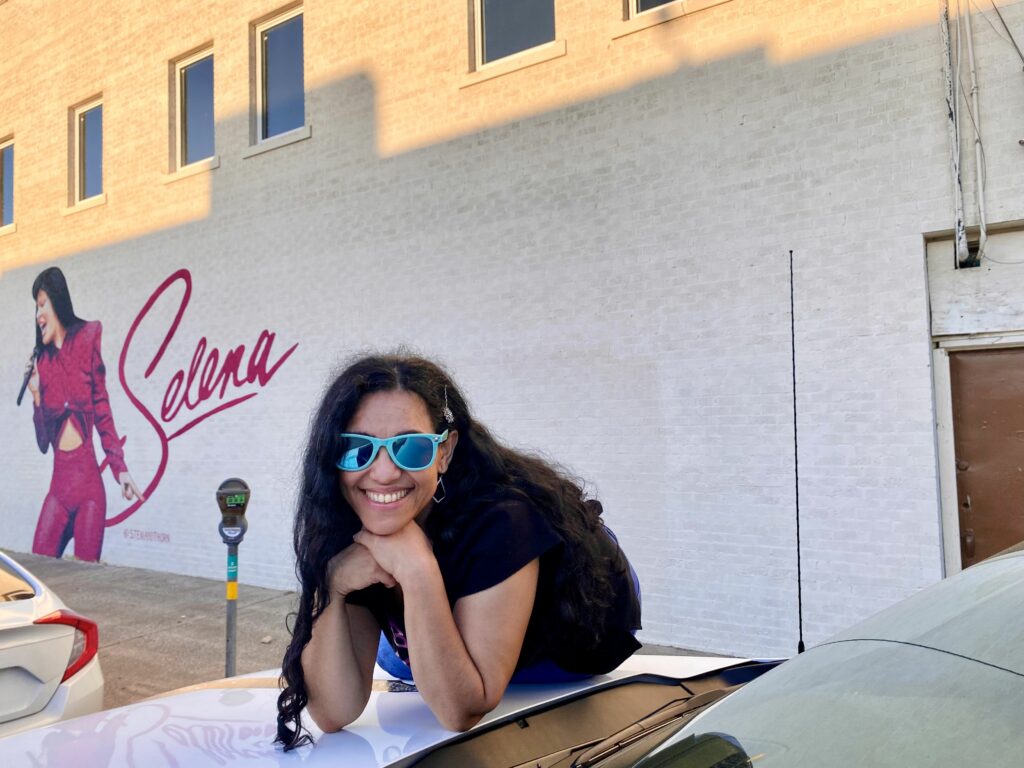
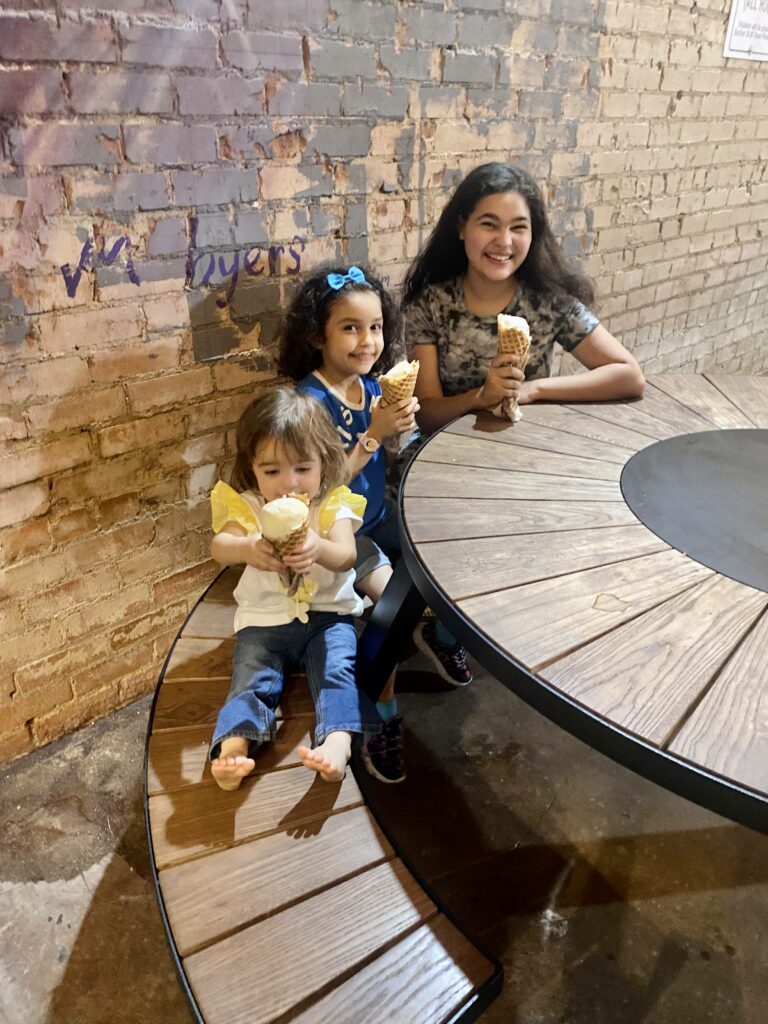
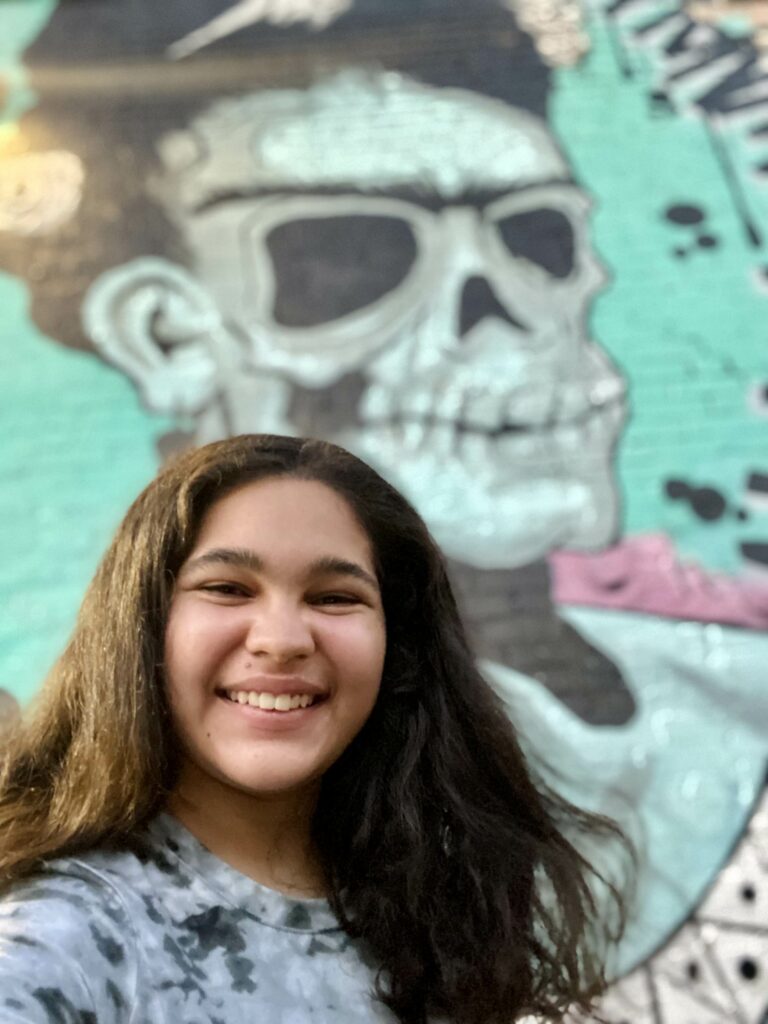
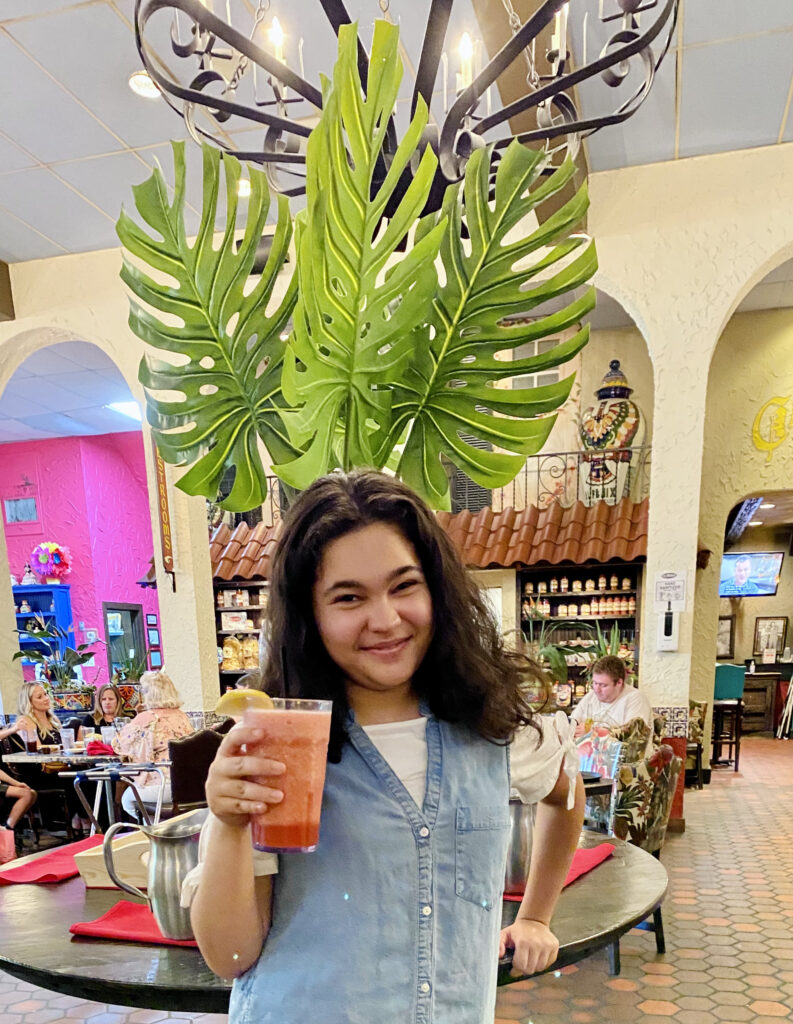
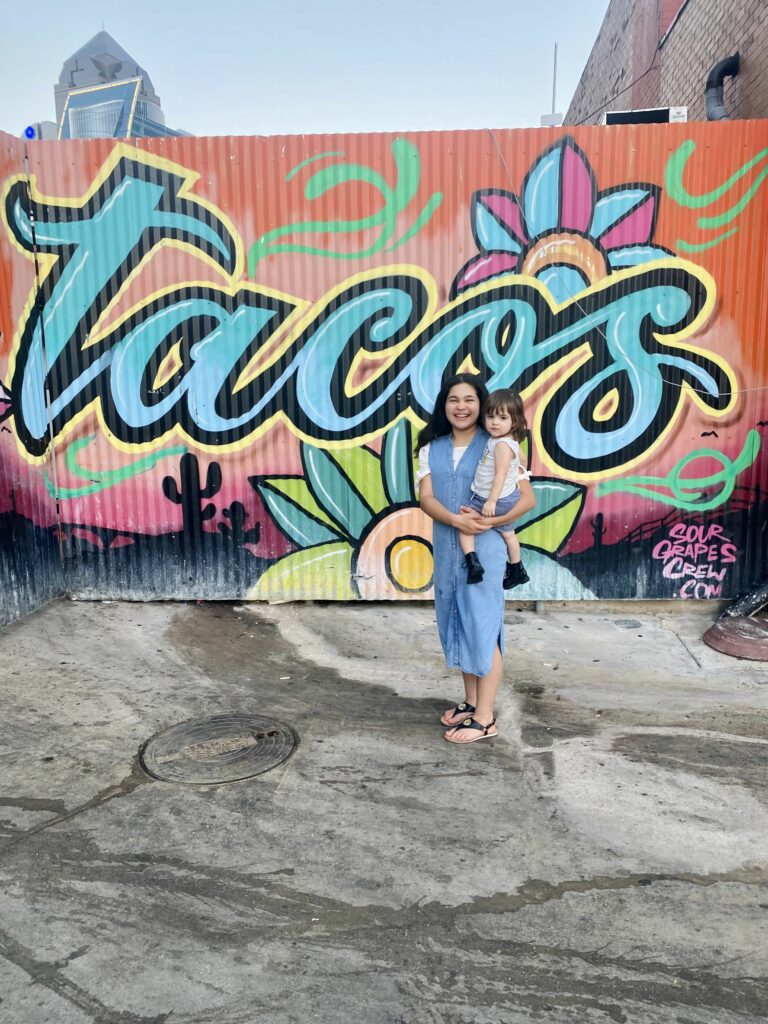
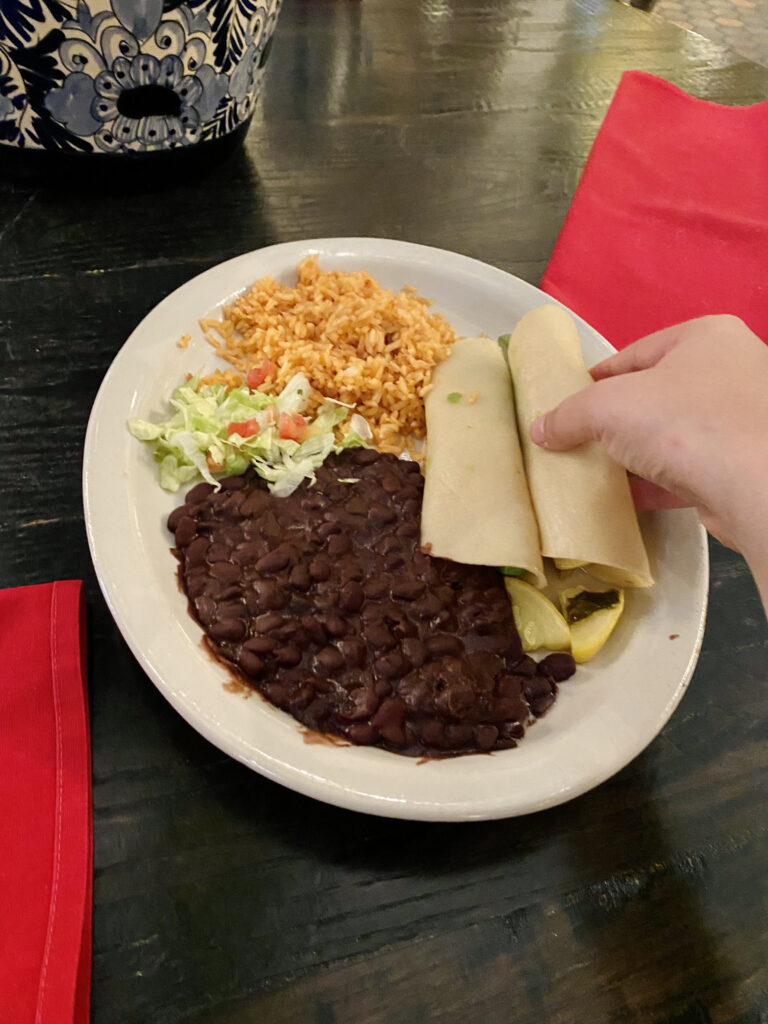
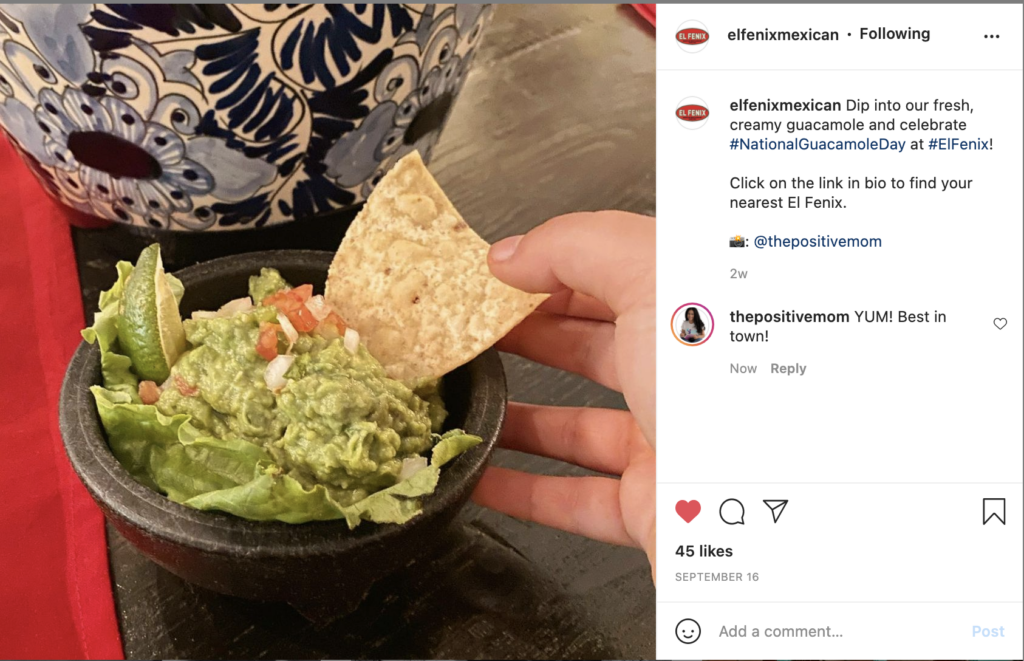
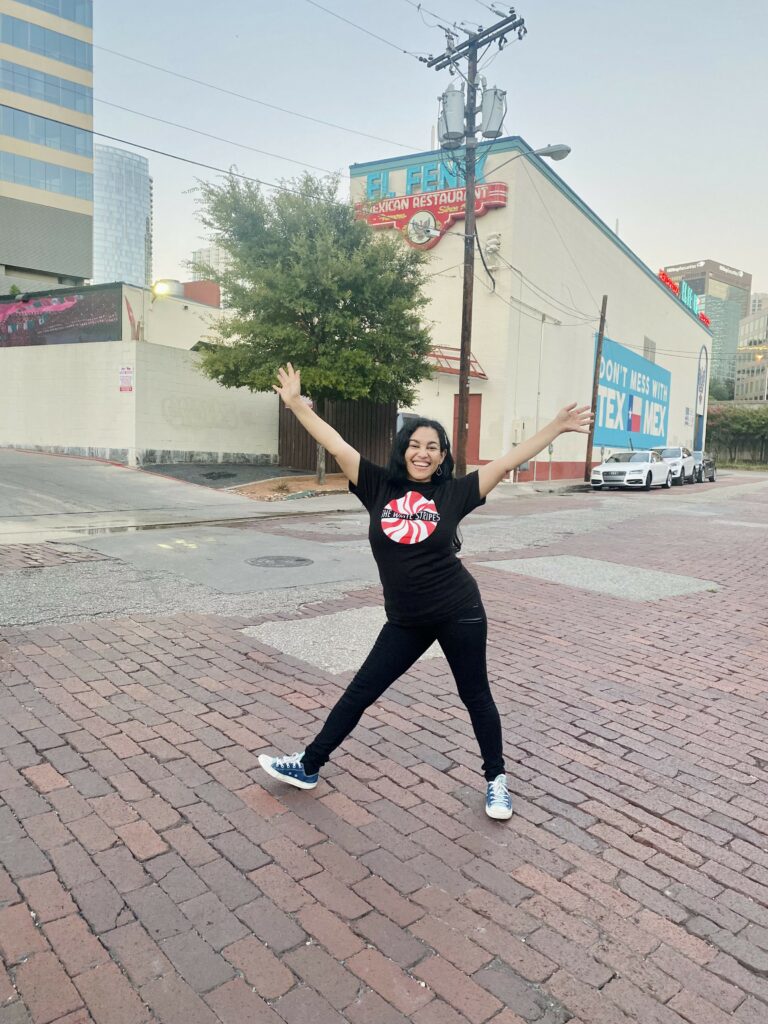
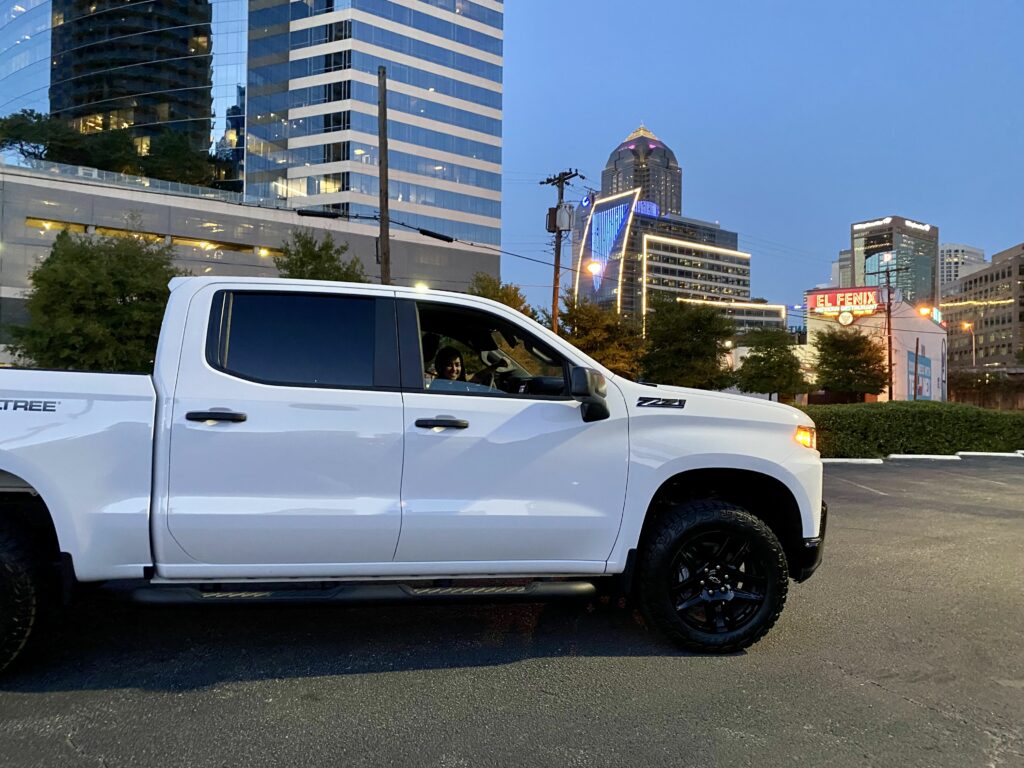
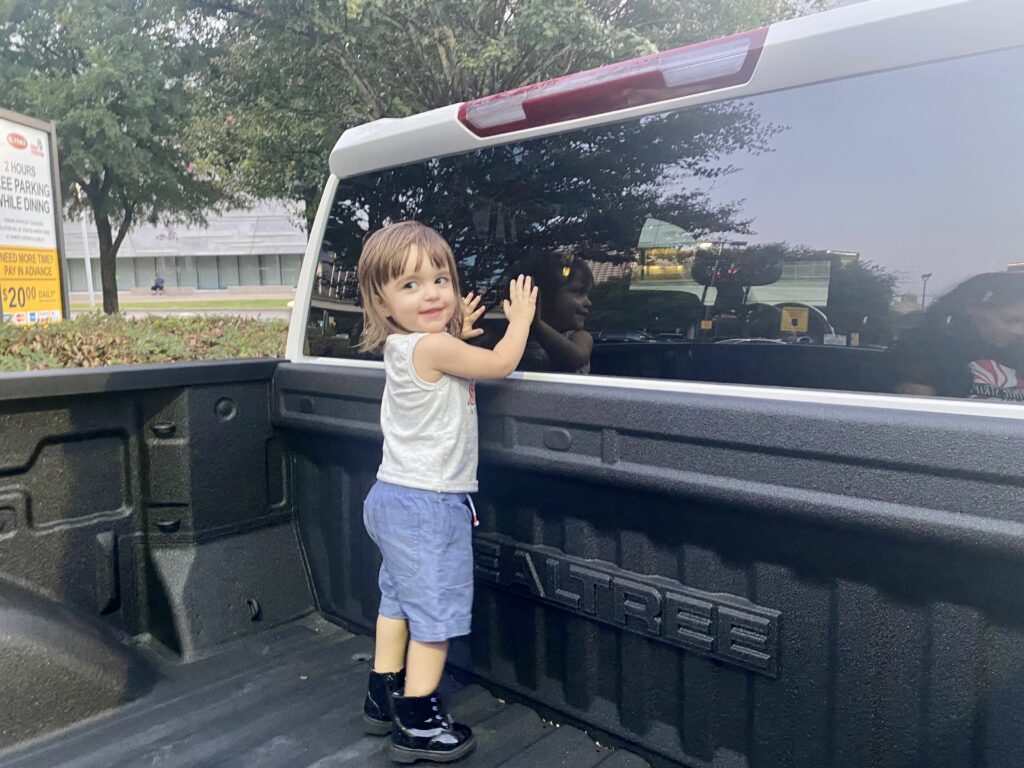
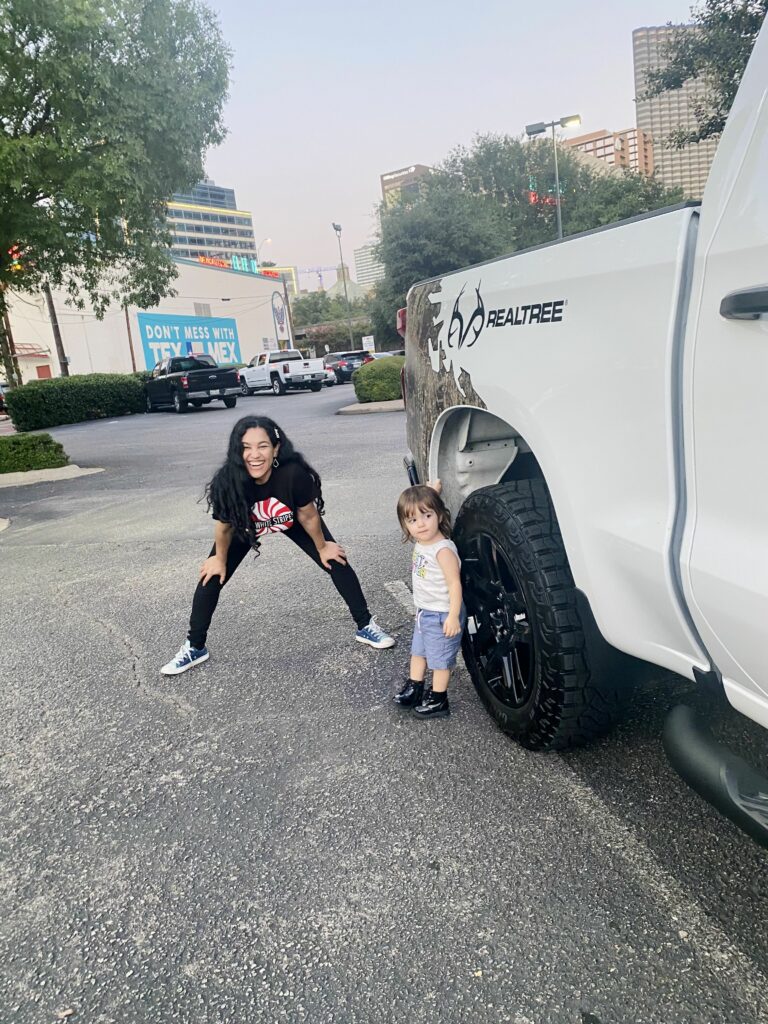
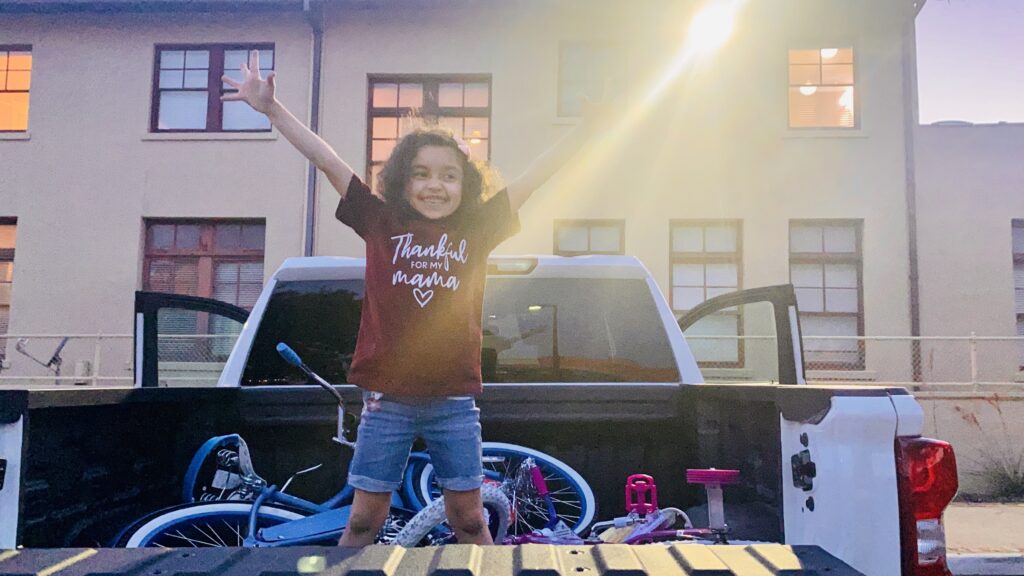
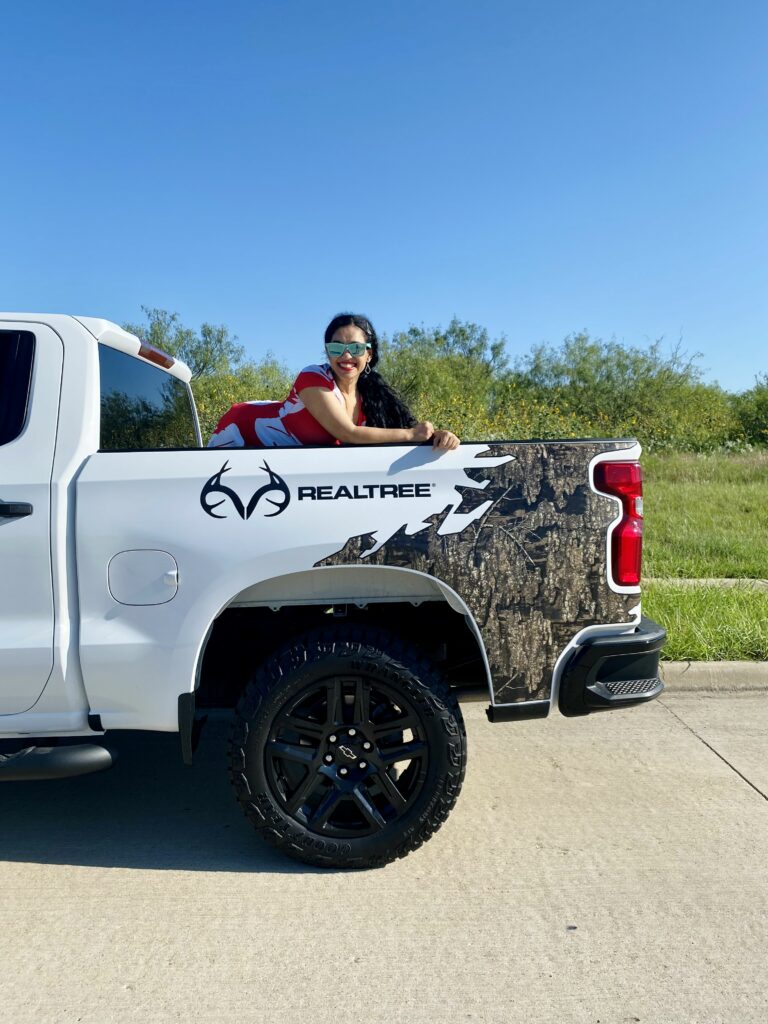
Priscilla S.
Friday 11th of February 2022
Super fun post! All the food looks and sounds amazing.
Roger
Thursday 10th of February 2022
I would love to visit these one day.
Rosenda S.
Wednesday 6th of October 2021
What a great blog post! Gad you enjoyed the Hispanic Heritage Trail in your own backyard. Beautiful photos too!
Patricia E
Wednesday 6th of October 2021
What a fun little excursion. I wish we had more of this available where we live. I would totally love to share this with my kids.